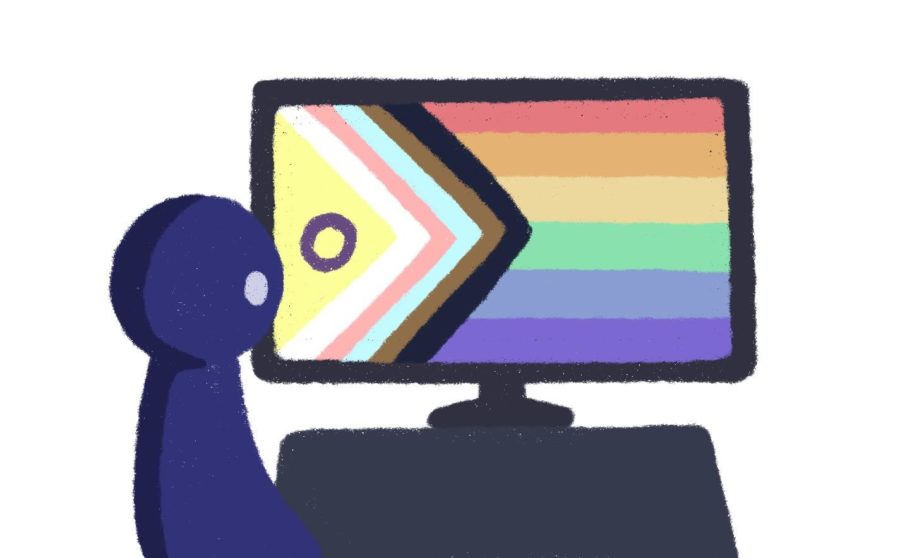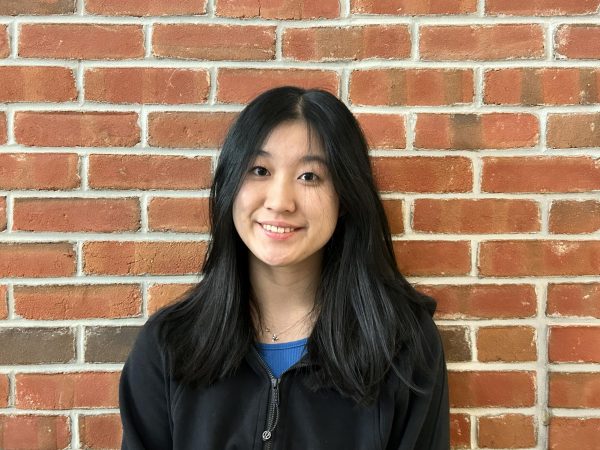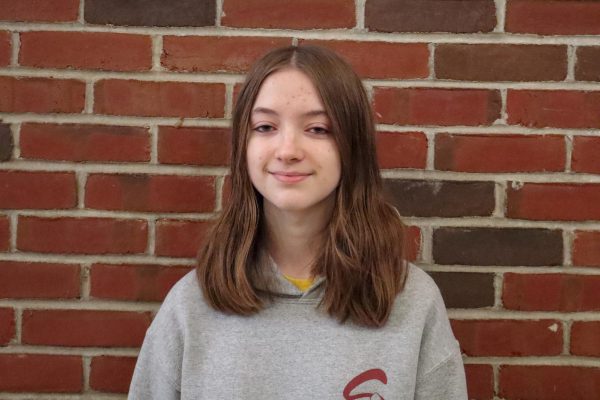Lack of queer media representation promotes exclusitivity
The LGBTQIA+ community is drastically underrepresented across many forms of media.
November 10, 2022
From TV shows to movies to magazines to this newspaper, the media is perhaps one of the greatest and most influential forms of communication. By having the ability to advertise certain products and express ideas to mass audiences, the media sets standards for society.
As the nation diversifies, it is increasingly important that the media’s widespread impact is used to give voice to those that are otherwise underrepresented. One example of this is the queer community.
The term “queer” was originally used perjoratively for gay people, but has now been reclaimed as an inclusive umbrella term for those across a spectrum of sexual orientations and gender identities other than heterosexual and cisgender.
Currently, there is a lack of queer representation in media.
“It honestly makes me feel a little bit isolated, because it’s like, a very lonesome experience to go through something like this on your own,” freshman Ananya Govind said. Govind identifies as non-binary and is bisexual.
Luckily there are signs of hope for these struggles. According to GLAAD’S “Where We Are on TV” report, LGBTQIA+ representation has reached an all time high, with 11.9 percent of characters on scripted primetime shows identifying as LGBTQ.
This inclusivity will have a massive positive impact on youth. Just seeing other queer people will reassure them that they are human and are valid.
While it is crucial that there is representation in the first place, it is just as crucial that this representation is an accurate depiction of what being in the LGBTQIA+ community is like. When it isn’t authentic, it simply reinforces false ideas and stereotypes.
In the musical comedy “The Prom,” James Corden’s performance of gay actor Barry Glickman angered many. Described as “aggresively flamboyant” and “homophobic,” Corden’s portrayal had reinforced many of the stereotypes that were offensive to the LGBTQ community. Many also argued that Corden had “stole” the role from actors who do identify as gay, for example, Tituss Burgess.
Insulting performances are less likely when directors prioritize casting of LGBTQ actors when it comes to LGBTQ roles, since they are able to bring greater authenticity to the role. Having inclusive characters is a wonderful first step, hiring queer actors, producers, and screenwriters is even better.
Some shows are doing it right. “I think ‘Heartstopper’ is a really good example of wholesome queer representation of a healthy relationship,” Govind said.
So, what exactly did “Heartstopper” do that made it stand out from the rest?
“Heartstopper” represents authentic queer relationships, without exaggeration or stereotyping. Specifically, “Heartstopper” leaves no room for queerbaiting. This is when a character appears to be part of the LGBTQIA+ community, but is never outright confirmed.
This is a way of letting queer people feel somewhat represented without angering people who do not support queer rights. However, this is not actual representation as queer baiting suggests that the LGBTQIA+ community should still be hidden to avoid sparking controversy.
In “Heartstopper”, every queer relationship is clear, genuine, and openly addressed. It also depicts the coming out experience without being overly dramatic about it.
The show depicts the queer experience without making it too euphoric or dark, like most other forms of media often do.
Finally, the casting process in “Heartstopper” was carefully done in order to ensure both off-screen and on-screen representation. Actor Joe Locke, who plays Charlie in the show, has shared in interviews that he relates to his character’s coming out story. Yasmin Finney, who has spoken out about her struggles as a young transgender actor, is also part of the supporting cast.
However, progress is not always linear. Despite recent increases in films with queer characters, students believe that the push for greater representation must continue in order to ensure queer stories are told and remembered.
“It’s so important to be fully represented and see people who are like you,” a sophomore who identifies as bisexual said. “Queer representation has improved a lot over the years, but it’s nowhere where it should be.”




